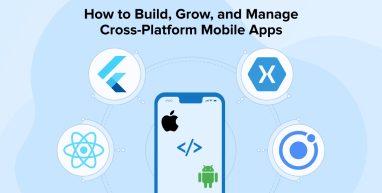
The global population is spending more and more time on their smart devices. When it comes to platforms, the major players are still Android and iOS. When developing a new app, many organizations choose one platform to avoid the complications of bad app porting and non-native UIs.
But these developers are missing out. Data from 2022 shows 255 million mobile app downloads from across the globe, an 80% increase from 2016.
With a growing market, cross-platform mobile apps are the best way to widen your reach and grow your app. The good news is that plenty of developer tools are available, and these are utilized by app development agencies that enhance and streamline the process of building cross-platform mobile apps.
1. Building a Cross-Platform Mobile App
When you want the market-wide appeal of cross-platform apps, you need to follow established best practices.
1.1 Set Up the Development Environment
App building can’t even begin until you’ve first decided on your development environment. There are extremely challenging and laborious tasks when going native for each platform. In that case, you will require an engineering specialist for both iOS and Android—but that’s not why you’re here today.
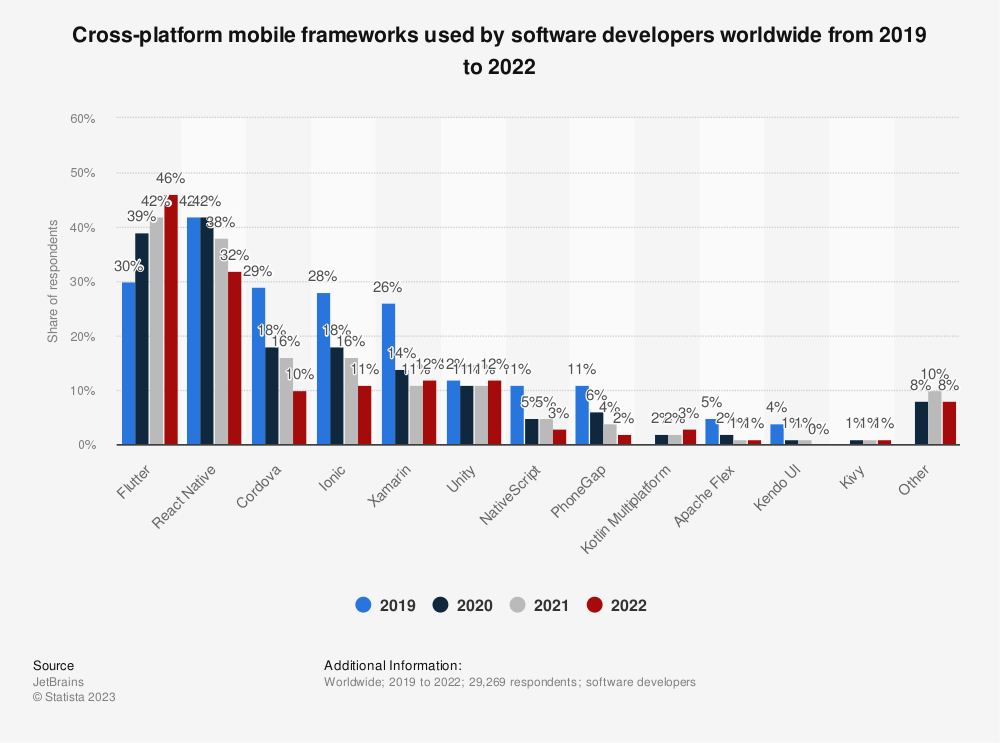
Statista found that 46% of app developers are using Google’s cross-platform mobile framework, Flutter. Facebook’s open-source framework React Native came in second, with 29% using the framework.
Development tools like this allow developers to create cross-platform applications while using JavaScript and other programming languages. Other frameworks include Xamarin (C#), Cordova, and Ionic.
Evaluate your options to find what best fits your performance, support, resource, and UI needs.
1.2 Utilize Platform-Specific Code When Necessary
Use Homebrew to install Node.js, as this will allow you to install the JavaScript command line interface of your choice. No matter which cross-platform framework you choose, you will need to implement platform-specific code. Regardless of your project type, you can expect roughly an 85% code share rate among the platforms.
So expect to spend 15 out of every 100 development hours entrenched in writing custom platform-specific code. You can build custom functionality in Objective-C, Swift, or Java and tie them back to your cross-platform framework build.
Further Reading – Swift vs Objective-C
1.3 Test and Debug Your App across Multiple Platforms
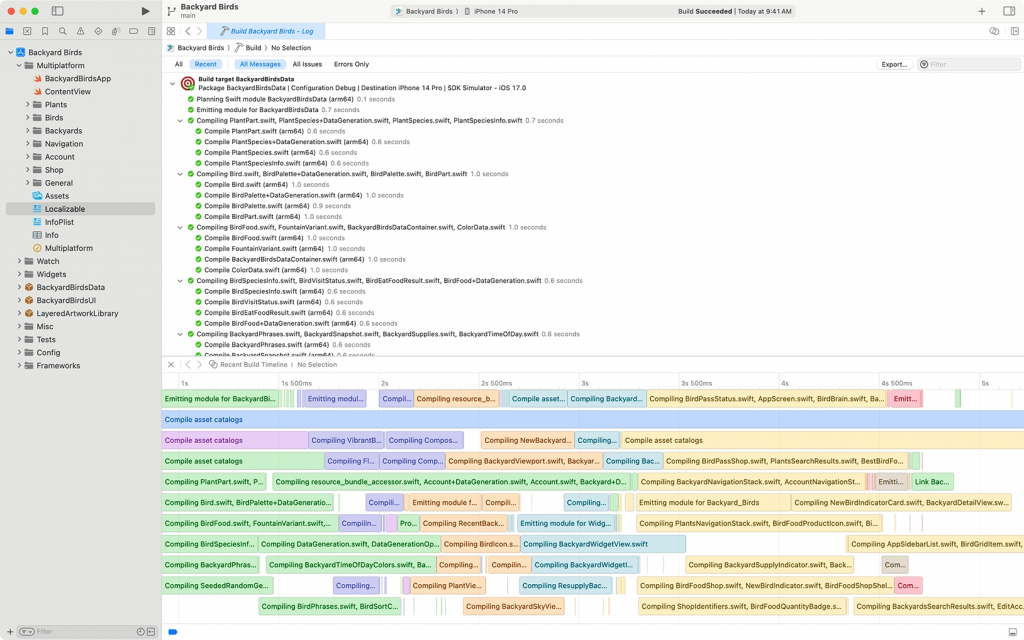
With multiple platforms involved, you will want to build a testing framework that is efficient and specific. Xcode is a great integrated development environment (IDE) by Apple for testing apps across all iOS and macOS devices. It will also help you while building native UIs.
For testing cross-platform, you will need to look for a testing framework that fits the bill. Appium is an open-source automation framework that streamlines test writing for native, hybrid, and mobile web applications in iOS, Android, and Windows platforms.
The main reason most developers want to go Native is all about the UI. Xamarin.UITest is a C# testing framework for UI Acceptance Tests. This automation library allows for NUnit tests to execute on Android and iOS devices for continuous development.
Other options to streamline cross-platform acceptance testing include Calabash (Ruby or C#) and Detox (Javascript) for both iOS and Android. Meanwhile, Google’s Espresso testing framework offers UI testing of Android apps via a readable API for writing tests.
1.4 Optimize App Performance and Address Potential Issues
With automated app-native UI acceptance testing, it’s now down to optimizing your product for user experience. First, design everything for cross-platform performance. Think fast page-loading times, and optimized images, and make sure any APIs used are fully compatible with each platform.
Second, you will need to implement performance testing, which includes:
- Load testing: How many concurrent users/ amount of data can the app manage?
- Stress testing: Push load and functionality to the max to detect scalability issues with your current environment.
- Usability testing: Analyze use actions such as making a transaction or customizing a feature for speed and performance.
- Functionality testing: Test for broken functions on all platforms.
- Spike testing: Test your application for traffic spikes and any unexpected consequences on all platforms.
To address potential problems and improve optimization, implement performance testing tools such as LoadRunner, Apptim, Apache JMeter, and other solutions.
2. Growing a Cross-Platform Mobile App
Once you have a high-performance cross-platform application, it’s time to plan for growth.
2.1 Implement Effective App Store Optimization (ASO) Strategies
According to Statista, in 2022, there were over 3.5 million apps available in Google Play, over 1.6 million in the Apple App Store, and nearly 500,000 listed on the Amazon Appstore.
For developers, app store optimization works a bit like marketers appealing to the Google. That is, you need to follow the rules.
You can navigate ASO by playing along and following the basics.
- Make your title descriptive.
- Choose your category and keywords carefully.
- Give detailed descriptions of app features and capabilities.
- High-quality screenshots and app video trailers are a must.
- Spend some resources on icon development to stand out from the crowd.
- Always ask for feedback and encourage/ promote positive user reviews.
- Take advantage of app store analytics.
- Re-evaluate your ASO optimization periodically and make necessary adjustments.
2.2 Track Financial Performance
You can’t hope to grow your cross-platform mobile app without knowing the financial health of your company. Developers should implement basic business accounting or enterprise solutions, so they can gain an up-to-date view of their finances and analytical insights from their historical data to help with decision making.
You can’t afford to have your mobile app stymied by accounting issues. These tools will automate invoice generation and payment for your in-house teams, consultants, and remote developer teams.
2.3 Leverage Social Media and Digital Marketing
Now it’s time to think of cross-platform from a different point of view. In this case, we’re talking about multiple marketing channels. These include your website, blogs, B2B platforms, and social media channels such as LinkedIn, Facebook, Twitter, and Instagram.
Prioritize channels based on your target audience. For example, if your product is a smartphone camera app, start with Instagram. If your mobile app helps people organize their work teams, begin with LinkedIn.
2.4 Incorporate User Feedback on App Updates
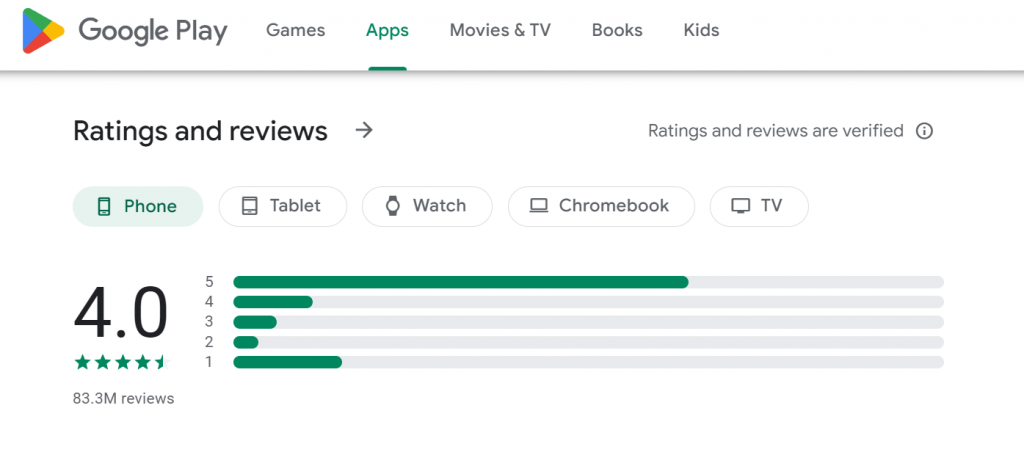
If you want to get those 5-star reviews on the app store, you’ll need to listen to user feedback. The first step is to gather useful feedback from your user base. You can garner in-app feedback by adding a “feedback button” that lets users generate reports. Alternatively, you can embed customer survey forms (or pop-up surveys for web-based apps).
When releasing a new build or update, use feedback to improve the user experience and fix pain points.
2.5 Explore Monetization Strategies and In-App Purchases
There isn’t a one-size-fits-all monetization solution for developers. Monetization models to explore include:
- Data monetization: Make use of app permissions to gather demographic, marketing, performance, and other metrics to compile big data.
- Premium purchase: Most often used in mobile gaming apps, this model involves an upfront charge that denotes to users that your product is levels above free apps.
- Freemium: The overwhelming choice for most developers. By offering a freemium product, you will get the highest volume of users. You can provide limited functionality in a “lite” version that locks more advanced features behind paywalls.
- Subscription: This model lets you offer your app as a service with monthly or annual fees. It lets you charge premium rates for your mobile app but with a non-threatening financial barrier for new users to give it a try.
- Sponsorships or advertising: Partner with brands or agencies to advertise on your cross-platform mobile app. This lets you turn users into cash while still offering a free product for users.
- In-App purchases: Features and customization can be offered alongside most any other monetization type. This lets you up-sell features to all of your subscribers.
3. Managing Cross-Platform Mobile Apps
You can maintain your application through proper management.
3.1 Ensure Regular Updates and Bug Fixes
Developers should always be actively updating their apps during a product’s lifecycle. This is even more pressing with a cross-platform approach. That is because you have to deal with multiple sources that are updated regularly. New OS updates may break app functionality or conflict with existing APIs.
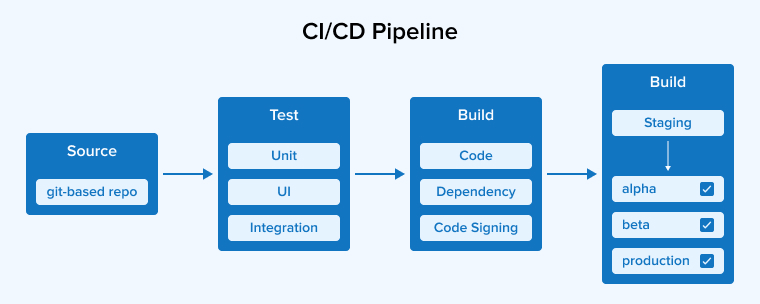
Use a DevOps approach that allows for continuous delivery as well as continuous integration/continuous deployment (CI/CD). This will keep your team agile and on top of new issues.
3.2 Monitor App Performance and User Reviews
Use app performance monitoring tools, such as AppFollow and Appbot. These solutions can automate performance monitoring and user review tracking across multiple app stores.
Monitoring tools track and analyze how things are going in every app store. This includes gathering and sharing user reviews across the business as well as time-saving tools, such as sentiment analysis and auto-translate.
3.3 Implement User Support and Respond to Feedback
Whether facilitated by API integrations or built-in-app, you need to have a dedicated user support team. Combined with a performance monitoring solution, you can reply to feedback and ameliorate user issues quickly.
The customer support team can help drive update prioritization. They can also help reduce the number of bad reviews you receive and the associated costs involved.
3.4 Break Down Data Silos
You can help promote app growth by staying connected with all business planning. Solutions like ERP Software or data orchestration software connect every system of your business. Choosing which depends on what you need, ERP software comes with a range of business solutions and functions, whilst data orchestration software focuses solely on your data’s storage.
With advanced analytics, you will gain new insights to improve and optimize your cross-platform mobile apps. It provides easier working, as all your data is in one place and, ultimately, you get a more holistic picture of how your business and apps are performing.
4. Reach New Audiences with Cross-Platform Mobile Apps
Unless you’re developing a niche product, you don’t want to put all your eggs in one basket. There isn’t a valid excuse to avoid building a native UI on multiple platforms. Take advantage of the frameworks and developer tools available.
With cross-platform testing and user feedback processes in place, you will drive toward growth. Your app will rise above the competition with ASO and 5-star reviews—all thanks to continuous development across all platforms.


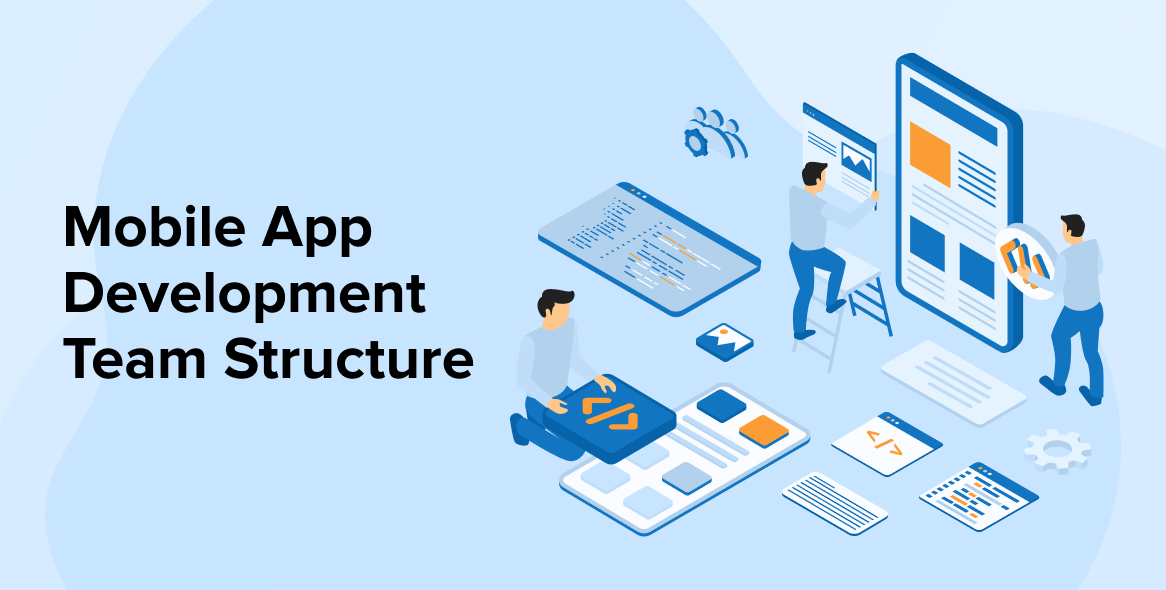
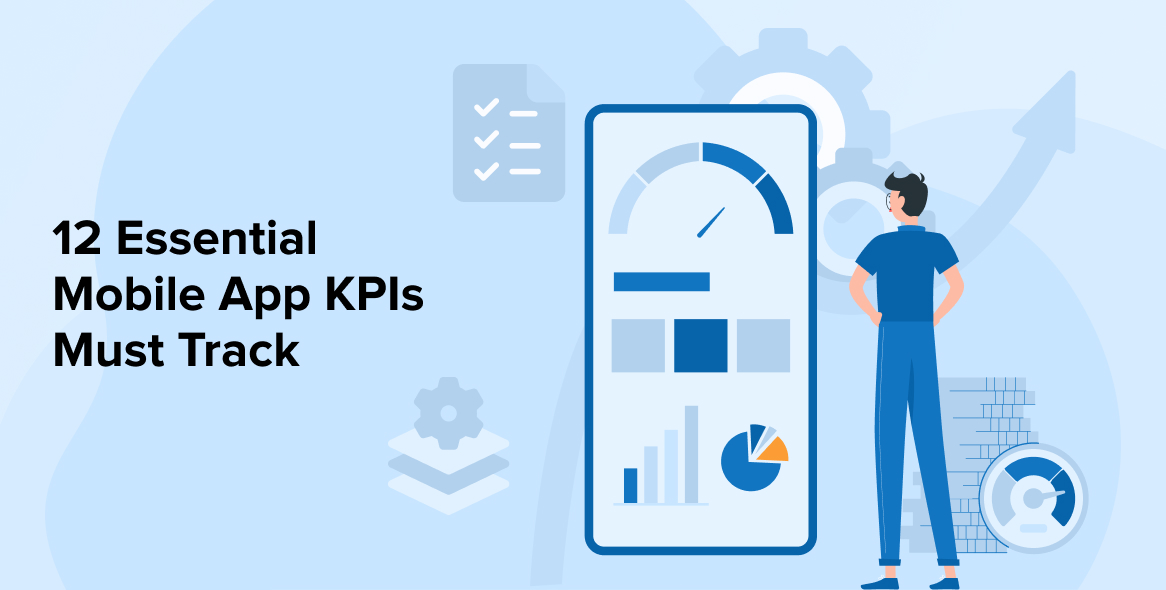
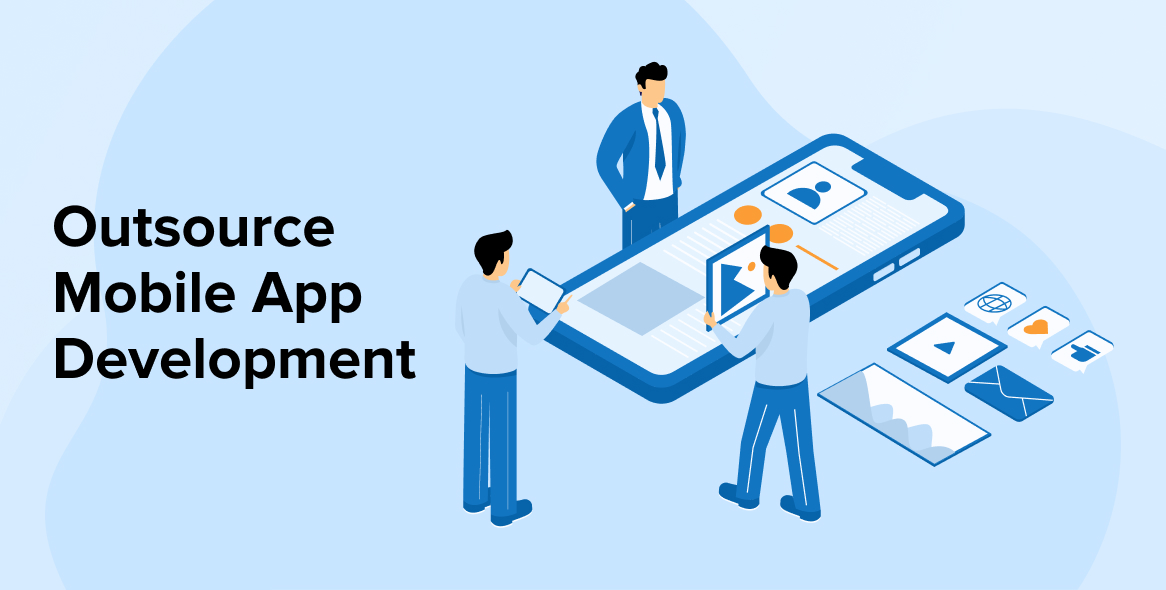

This is a fantastic guide on building, growing, and managing cross-platform mobile apps! I especially liked the in-depth sections on app store optimization and user feedback.